RTO废气处理设备:RTO装置运行过程中安全风险及控制措施
一、RTO工作原理
1、 Working principle of RTO
RTO,全称为蓄热式热力焚化炉,是一种高效的有机废气处理设备。其核心工作原理是将有机废气加热至 760℃以上,使废气中的挥发性有机化合物(VOCs)在高温下氧化分解为无害的二氧化碳(CO)和水(HO),从而实现废气净化。在氧化过程中,产生的高温气体流经特制的陶瓷蓄热体,使陶瓷体吸收热量并 “蓄热”,这份 “蓄热” 会被用于预热后续进入的有机废气,大幅减少废气升温所需的燃料消耗,实现节能高效运行。
RTO, The full name is a thermal storage incinerator, which is an efficient organic waste gas treatment equipment. Its core working principle is to heat organic waste gas to above 760 ℃, so that volatile organic compounds (VOCs) in the waste gas are oxidized and decomposed into harmless carbon dioxide (CO) and water (HO) at high temperature, thereby achieving waste gas purification. During the oxidation process, the high-temperature gas generated flows through a specially designed ceramic heat storage body, allowing the ceramic body to absorb heat and "store heat". This "heat storage" will be used to preheat the incoming organic waste gas, greatly reducing the fuel consumption required for waste gas heating and achieving energy-saving and efficient operation.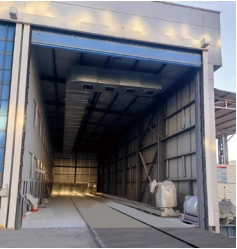

二、RTO 运行过程中的安全风险
2、 Safety risks during RTO operation
(一)燃烧器缺少相应的联锁保护
(1) The burner lacks corresponding interlock protection
1.预吹扫环节若未进行或时间不足,炉膛和烟道中剩余的可燃性气体未被有效吹走或稀释,被点燃时存在爆炸危险。一般预吹时间设定为 15-60 秒,具体时长与炉膛结构和吹气量相关。2.燃烧状态需动态监测,火焰探测器感应到熄火信号后,需在≤0.2 秒内反馈给燃烧器,使燃烧器进入保护状态并切断供气,否则可能引发事故。3.点火时,要求在气体引入之前形成点火温度场。从点火到进入保护状态的时间要适当,通常燃烧器在气体打开后 2-3 秒内判断火焰探测器信号,未着火则进入保护状态,时间过短或过长都存在风险。4.燃料压力需在一定范围内波动,以保证火焰稳定。通过气体压力开关感测压力信号,控制燃烧器工作。当风机故障导致空气中断或不足时,需立即切断气体,避免爆燃或闪回风扇。5.气体泄漏可能导致人员中毒和爆炸事故。需保证管道密封并定期检查,工作现场要通风良好,安装固定式可燃、有毒气体监测报警仪并与机械通风联锁,禁止使用明火和非防爆电气部件。6.燃烧器工作中突然断电时,气体控制电磁阀必须在≤5s 内自动关闭并切断气体供应,确保设备安全。
If the pre blowing process is not carried out or the time is insufficient, the remaining combustible gases in the furnace and flue are not effectively blown away or diluted, and there is a risk of explosion when ignited. The general pre blowing time is set at 15-60 seconds, and the specific duration depends on the furnace structure and blowing volume. 2. The combustion status needs to be dynamically monitored. After the flame detector senses the extinguishing signal, it needs to provide feedback to the burner within ≤ 0.2 seconds to put the burner into a protective state and cut off the gas supply, otherwise it may cause accidents. 3. When igniting, it is required to form an ignition temperature field before introducing gas. The time from ignition to entering the protection state should be appropriate. Usually, the burner judges the flame detector signal within 2-3 seconds after the gas is turned on. If it is not ignited, it enters the protection state. There are risks if the time is too short or too long. 4. The fuel pressure needs to fluctuate within a certain range to ensure flame stability. Sensing pressure signals through gas pressure switches to control the operation of the burner. When the fan malfunctions and causes air interruption or shortage, the gas should be immediately cut off to avoid explosion or fan flashback. 5. Gas leakage may cause poisoning and explosion accidents to personnel. It is necessary to ensure the sealing of pipelines and conduct regular inspections. The work site should be well ventilated, and fixed combustible and toxic gas monitoring and alarm devices should be installed and interlocked with mechanical ventilation. The use of open flames and non explosion proof electrical components is prohibited. When the burner suddenly loses power during operation, the gas control solenoid valve must automatically close and cut off the gas supply within ≤ 5 seconds to ensure equipment safety.
(二)RTO 废气组分的安全风险废气组分复杂,部分物质相互禁忌可能发生反应。例如,挥发性可燃液体储罐排空气体(主要含 VOCs 和氮气,不含氧气)与污水处理装置废气(主要含空气和少量挥发性气体)混合后,可能达到 VOCs 的爆炸范围和氧含量要求,在一定能量或温度下发生爆炸。设计时应进行 HAZOP 分析,评估风险并采取措施。
(2) The safety risks of RTO exhaust gas components are complex, and some substances may react with each other due to mutual contraindications. For example, when the gas discharged from a volatile flammable liquid storage tank (mainly containing VOCs and nitrogen, excluding oxygen) is mixed with the waste gas from a sewage treatment plant (mainly containing air and a small amount of volatile gases), it may reach the explosion range and oxygen content requirements of VOCs, and explode at a certain energy or temperature. HAZOP analysis should be conducted during design to assess risks and take measures.
(三)废气浓度和压力不稳定的风险废气浓度过高达到爆炸极限时,易被蓄热体高温引爆,需严格控制废气浓度在爆炸下限(LEL)的 25% 以下。RTO 装置通常设置 2 个在线废气浓度检测仪,其后一定距离处设废气切断阀,确保高浓度气体到达前切断阀完全关闭,即检测仪到切断阀的距离应大于气体在检测响应时间和阀门关闭时间总和内流经的管道长度。同时,系统设置冷旁通、热旁通。冷旁通与浓度检测仪、废气导入阀、应急排空阀连锁,浓度超 25% LEL 时,导入阀关闭,应急排空阀开启,废气经冷旁通处理达标后排放;热旁通与新风阀、温度仪、压力计连锁,炉内温度、压力异常时,新风阀开启稀释降温降压,热旁通阀开启使部分高温废气经处理后排至烟囱。
(3) The risk of unstable exhaust gas concentration and pressure is that when the exhaust gas concentration is too high and reaches the explosion limit, it is easy to be ignited by the high temperature of the heat storage body. It is necessary to strictly control the exhaust gas concentration below 25% of the lower explosive limit (LEL). RTO devices are usually equipped with two online exhaust gas concentration detectors, followed by an exhaust gas cut-off valve at a certain distance to ensure that the cut-off valve is completely closed before high concentration gases arrive. That is, the distance from the detector to the cut-off valve should be greater than the length of the pipeline through which the gas flows within the sum of the detection response time and valve closure time. At the same time, the system is equipped with cold bypass and hot bypass. The cold bypass is interlocked with the concentration detector, exhaust gas inlet valve, and emergency vent valve. When the concentration exceeds 25% LEL, the inlet valve closes and the emergency vent valve opens. The exhaust gas is discharged after being treated by the cold bypass to meet the standard; The hot bypass is interlocked with the fresh air valve, temperature gauge, and pressure gauge. When the temperature and pressure inside the furnace are abnormal, the fresh air valve opens to dilute, cool, and reduce the pressure. The hot bypass valve opens to allow some high-temperature exhaust gas to be treated and discharged to the chimney.
(四)废气中高沸点组分的风险高沸点组分易在输送管道中冷凝,进入 RTO 炉后遇高温气化,可能使气相组分浓度突增到爆炸极限,引发爆炸。因此,在废气进入 RTO 前,需采取有效措施防止管道及 RTO 炉下室体中的冷凝和沉积。
(4) The risk of high boiling point components in exhaust gas is that high boiling point components are prone to condensation in the transport pipeline, and after entering the RTO furnace, they may undergo high-temperature gasification, which may cause the concentration of gas-phase components to suddenly increase to the explosive limit and trigger an explosion. Therefore, effective measures should be taken to prevent condensation and deposition in the pipeline and the lower chamber of the RTO before the exhaust gas enters the RTO.
(五)高浓度有机废气形成爆炸性气体环境的风险高浓度有机废气通入 RTO 易被引爆,装置应增加逻辑控制,检测到高浓度气体时触发联锁停车:废气紧急排放阀打开,切断阀关闭,新鲜空气阀门打开,主风机降低风量运行,保证炉内进入较低浓度气体。
(5) The risk of explosive gas environment formed by high concentration organic waste gas. When high concentration organic waste gas is introduced into RTO, it is easy to explode. The device should add logic control to trigger interlocking shutdown when high concentration gas is detected: the emergency exhaust valve of the waste gas is opened, the cut-off valve is closed, the fresh air valve is opened, and the main fan reduces the air volume to ensure that lower concentration gas enters the furnace.
(六)火灾爆炸性危险环境的风险RTO 处理的废气为易燃、易爆有机废气,易形成火灾爆炸性危险环境。处于爆炸危险区域的电气设备若不具备防爆功能,易引发事故。因此,RTO 炉现场电气仪表设备需按防爆等级设计,管道或炉膛内设置泄爆片;炉体设置短路保护和接地保护功能,废气管线选材注意防静电。当系统风管道为金属材质时,采用光滑内壁金属管,采取可靠防静电接地措施,风管内壁禁止涂刷非导电防腐涂层;非金属材质风管需增加导静电设施。皮带传动的引风机需装配防静电皮带。
(6) The risk of fire and explosive hazardous environments is that the exhaust gas treated by RTO is flammable and explosive organic waste gas, which can easily form a fire and explosive hazardous environment. Electrical equipment in explosive hazardous areas without explosion-proof function is prone to accidents. Therefore, the electrical and instrumentation equipment on the RTO furnace site needs to be designed according to the explosion-proof level, and explosion-proof plates should be installed in the pipeline or furnace; The furnace body is equipped with short-circuit protection and grounding protection functions, and the selection of exhaust gas pipelines should pay attention to anti-static. When the system air duct is made of metal material, smooth inner wall metal pipes should be used, reliable anti-static grounding measures should be taken, and non-conductive anti-corrosion coatings should not be applied to the inner wall of the air duct; Non metallic air ducts need to be equipped with anti-static facilities. The induced draft fan driven by a belt needs to be equipped with an anti-static belt.
(七)进气管道压力偏低的风险RTO 进气管道压力偏低时,因蓄热体吹扫可能导致高温烟气回串入进气管道引发事故。需在进气管道上设置阻火器,且阻火器必须经过安全鉴定。同时,设置多个爆破片,其爆破压力和爆破面积需合适,以有效释放能量,防止设备爆炸损坏。
(7) The risk of low pressure in the intake duct is that when the RTO intake duct pressure is low, the blowing of the heat storage body may cause high-temperature flue gas to backflow into the intake duct and cause accidents. A flame arrester must be installed on the intake duct and must undergo safety certification. At the same time, multiple blasting discs should be set up with appropriate blasting pressure and blasting area to effectively release energy and prevent equipment damage from explosion.
(八)异常断电情况下的风险RTO 异常断电时,需及时排空生产系统来气,否则易造成生产系统事故。炉体应设置 UPS 备用电源和压缩空气储气罐,保证突然停电时能实施紧急排空操作。对于浓度较高且含低燃点物质的应急排空管道,严禁与高温排空管道共用烟囱排放。突然停电时,炉膛高温无法快速散去,可能损坏防腐材料等设备。设计应急压缩空气储气罐、UPS 和手自动控制的泄爆门,停电后 UPS 和储气罐将风门打到安全位置,应急压缩空气进入燃烧器管道避免高温烟气泄露。但压缩空气罐仅能支撑 15-20min,需配置备用电源给压缩空气或助燃风机。
(8) Risk in case of abnormal power outage RTO. In case of abnormal power outage, it is necessary to promptly drain the gas from the production system, otherwise it may cause production system accidents. The furnace body should be equipped with UPS backup power supply and compressed air storage tank to ensure emergency evacuation operation in case of sudden power outage. For emergency evacuation pipelines with high concentrations and low ignition point substances, it is strictly prohibited to share chimney emissions with high-temperature evacuation pipelines. When there is a sudden power outage, the high temperature in the furnace cannot dissipate quickly, which may damage equipment such as anti-corrosion materials. Design an emergency compressed air storage tank, UPS, and manually controlled explosion-proof door. After a power outage, the UPS and storage tank will set the air door to a safe position, allowing emergency compressed air to enter the burner pipeline to prevent high-temperature flue gas leakage. But the compressed air tank can only support 15-20 minutes, and a backup power supply needs to be configured for the compressed air or combustion air fan.
(九)RTO 超温危害炉膛温度超过 980℃时,内部蓄热陶瓷和陶瓷纤维组块的使用寿命会受影响。炉膛内设置 2 支双支热电偶,确保温度控制均匀。温度监测与燃烧器燃料切断阀联锁,温度超一定值时,燃料管路双电磁阀自动关闭;温度更高时打开新风风门降温,发生高高报警时,RTO 焚烧炉自动切断与生产线的联机,工艺废气直接进入排放系统。
(9) When the temperature of the furnace exceeds 980 ℃ due to RTO overheating, the service life of the internal heat storage ceramic and ceramic fiber modules will be affected. Two double thermocouples are installed in the furnace to ensure uniform temperature control. The temperature monitoring is interlocked with the burner fuel cut-off valve. When the temperature exceeds a certain value, the dual solenoid valves in the fuel pipeline will automatically close; When the temperature is higher, open the fresh air damper to cool down. When a high high alarm occurs, the RTO incinerator automatically cuts off its connection with the production line, and the process exhaust gas directly enters the emission system.
本文由 RTO废气处理设备 友情奉献.更多有关的知识请点击 http://www.sdcjtz.com/ 真诚的态度.为您提供为全面的服务.更多有关的知识我们将会陆续向大家奉献.敬请期待.
This article is a friendly contribution from RTO waste gas treatment equipment For more related knowledge, please click http://www.sdcjtz.com/ Sincere attitude To provide you with comprehensive services We will gradually contribute more relevant knowledge to everyone Coming soon.



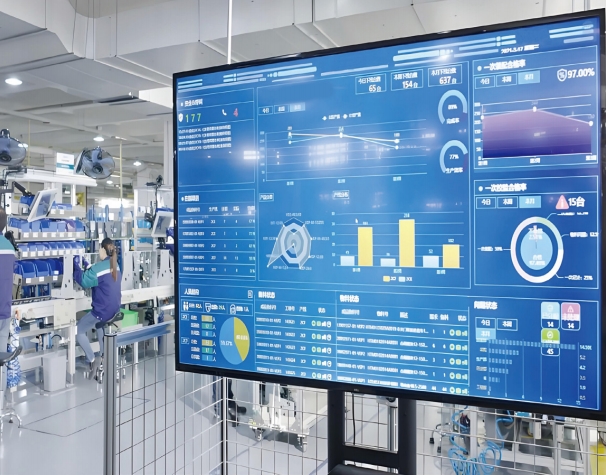
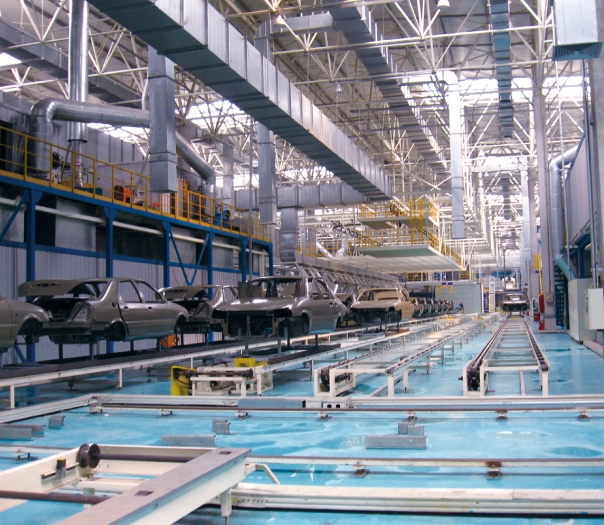
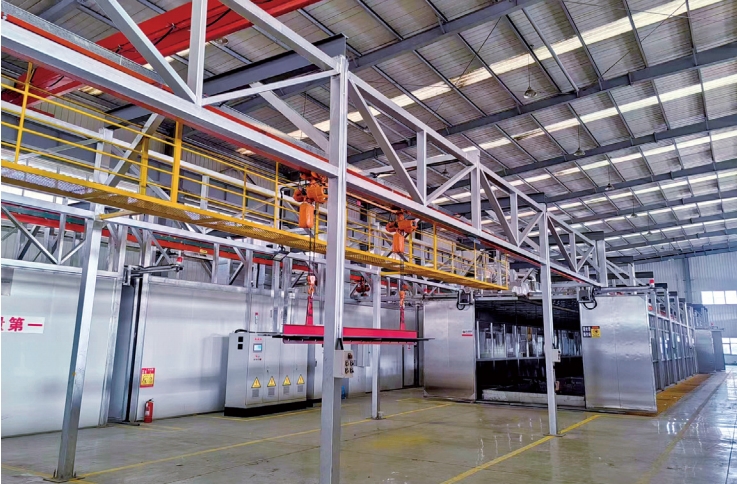
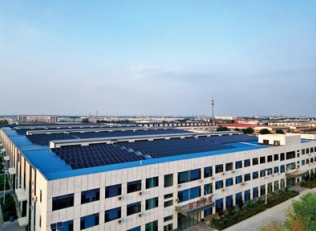
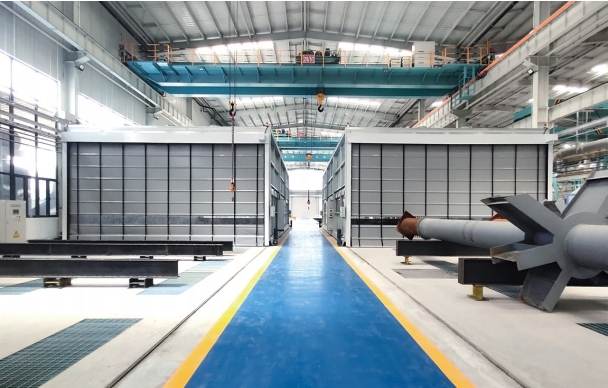
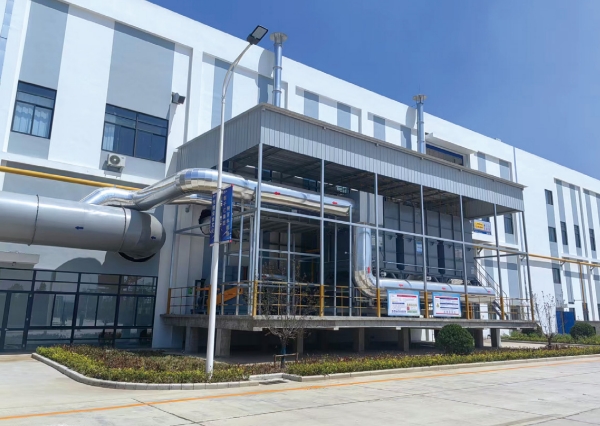
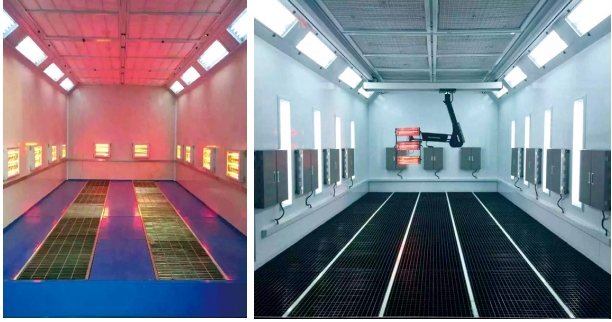


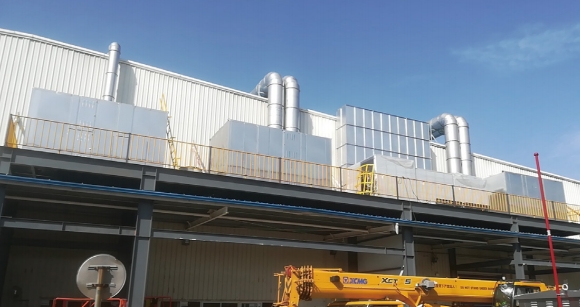
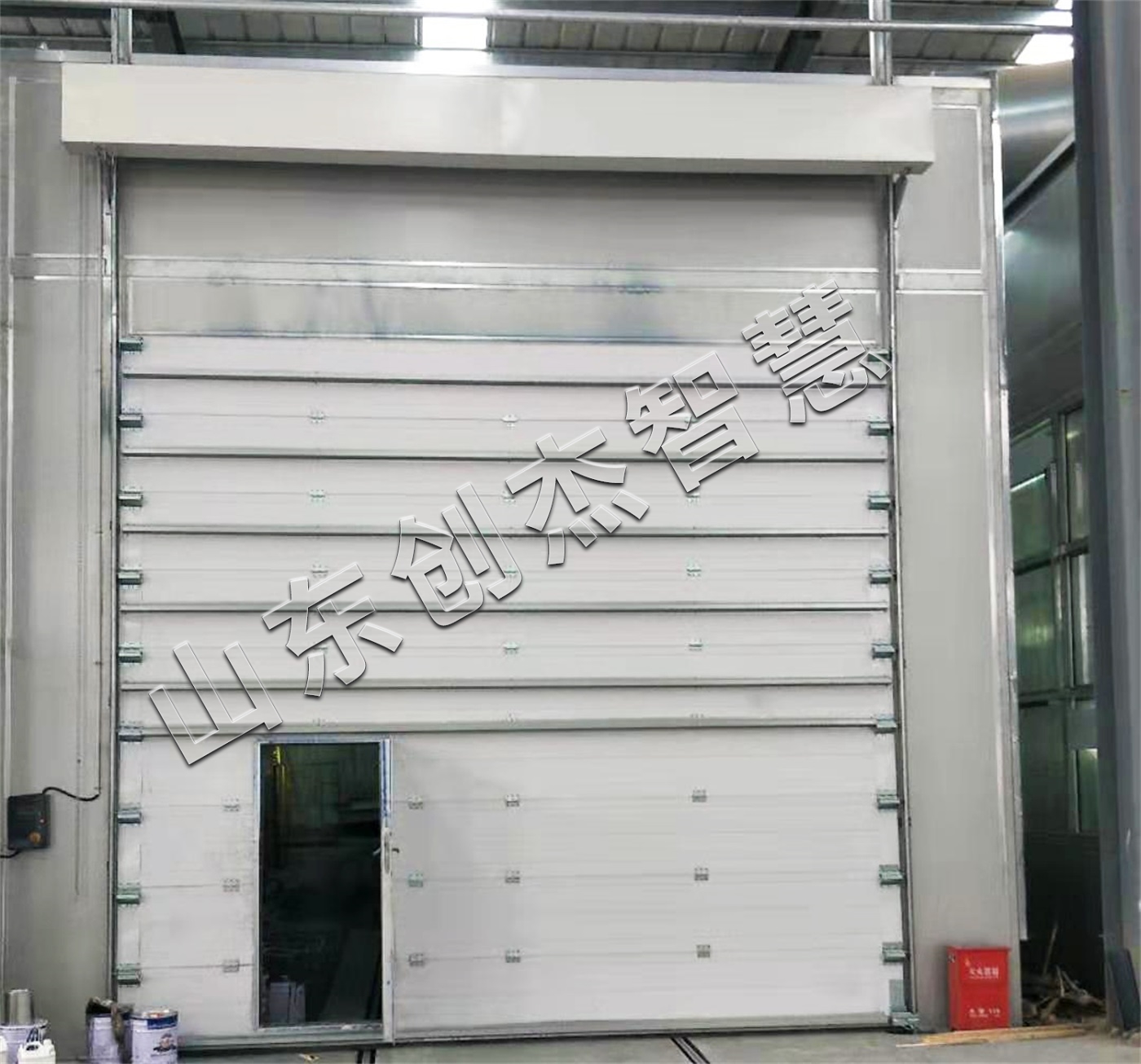
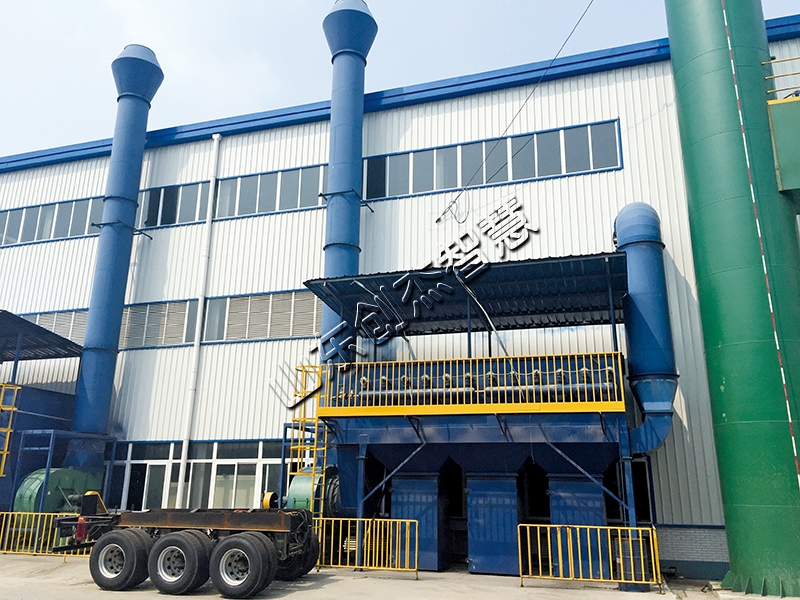

 鲁公网安备 37142502000144号
鲁公网安备 37142502000144号